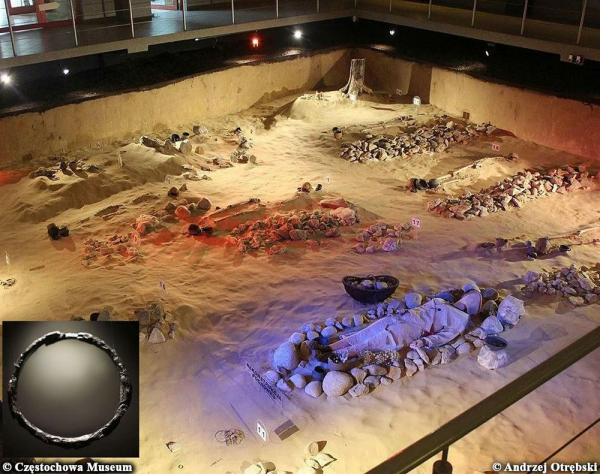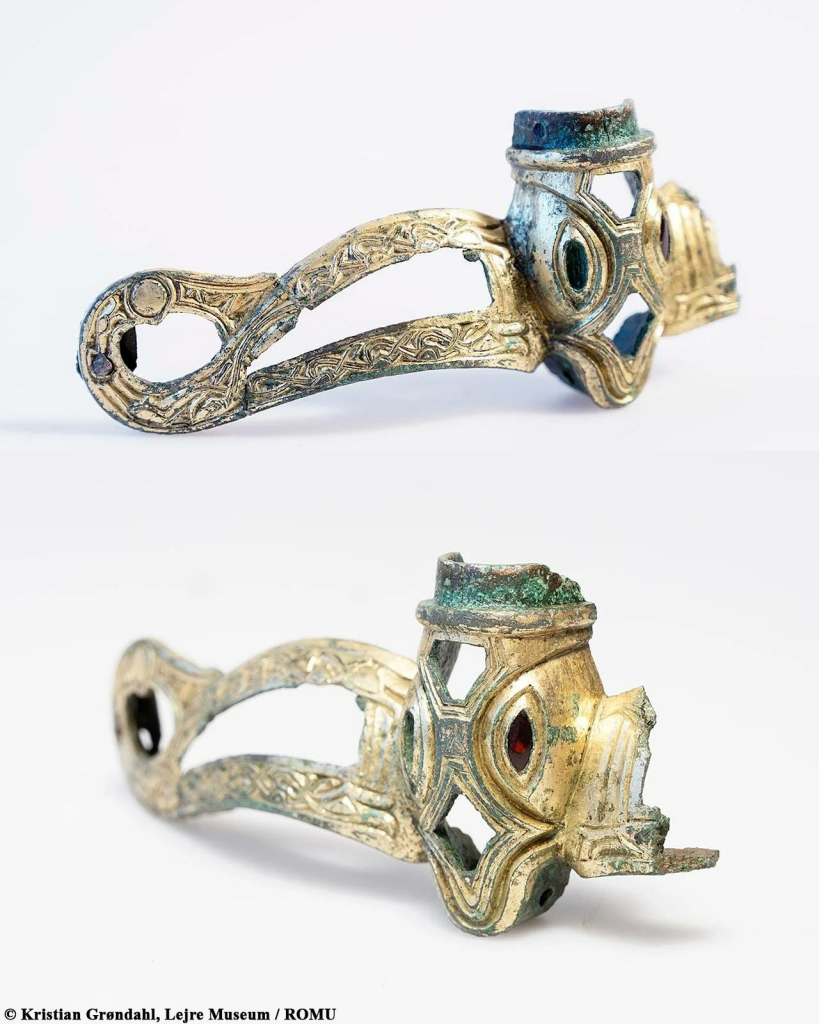Suche
Beiträge, die mit archaeologynews getaggt sind
First Roman aqueduct in Slovakia discovered beneath Rusovce Manor
Archaeological excavations at Bratislava’s historic Rusovce Manor have uncovered a remarkable Roman aqueduct dating back to the 2nd century CE. It is the first of its kind in Slovakia, providing new insight into the Roman-era infrastructure and settlement history of the area.
More information: https://archaeologymag.com/2025/03/first-roman-aqueduct-in-slovakia/
Follow @archaeology
#archaeology #archeology #archaeologynews #romanempire #romanaqueduct
Archaeological excavations at Bratislava’s historic Rusovce Manor have uncovered a remarkable Roman aqueduct dating back to the 2nd century CE. It is the first of its kind in Slovakia, providing new insight into the Roman-era infrastructure and settlement history of the area.
More information: https://archaeologymag.com/2025/03/first-roman-aqueduct-in-slovakia/
Follow @archaeology
#archaeology #archeology #archaeologynews #romanempire #romanaqueduct
First Roman aqueduct in Slovakia discovered beneath Rusovce Manor
Excavations at Bratislava's historic Rusovce Manor have uncovered a Roman aqueduct dating back to the 2nd century CE. It is the first of its kind in SlovakiaDario Radley (Archaeology News Online Magazine)
Ancient jewelry made from meteorites discovered in Poland
Researchers have made a remarkable find in Poland’s Częstochowa Museum collection—several ancient ornaments made from meteoritic iron. A team of Polish and French scientists analyzed burial objects from two early Iron Age graveyards, Częstochowa-Raków and Częstochowa-Mirów.
More information: https://archaeologymag.com/2025/02/jewelry-made-from-meteorites-poland/
Follow @archaeology
#archaeology #archeology #archaeologynews #lusatian #AncientArtifacts #meteorite #meteoriticiron
Researchers have made a remarkable find in Poland’s Częstochowa Museum collection—several ancient ornaments made from meteoritic iron. A team of Polish and French scientists analyzed burial objects from two early Iron Age graveyards, Częstochowa-Raków and Częstochowa-Mirów.
More information: https://archaeologymag.com/2025/02/jewelry-made-from-meteorites-poland/
Follow @archaeology
#archaeology #archeology #archaeologynews #lusatian #AncientArtifacts #meteorite #meteoriticiron
Ancient jewelry made from meteorites discovered in Poland
Researchers found ancient meteoritic iron ornaments in Poland's Częstochowa Museum while analyzing Iron Age burial objects.Dario Radley (Archaeology News Online Magazine)
Rare pre-Viking helmet fragment discovered in Lejre, Denmark
An extraordinarily well-preserved section of a gold-plated, gemstone-encrusted helmet has been uncovered in Lejre, Denmark, providing new information about the country’s role as a seat of political and cultural power during the era of the Late Germanic Iron Age. Dated between 650 and 750 CE
More information: https://archaeologymag.com/2025/01/pre-viking-helmet-discovered-in-denmark/
Follow @archaeology
#archaeology #archeology #archaeologynews #helmet #lejre #vikings
An extraordinarily well-preserved section of a gold-plated, gemstone-encrusted helmet has been uncovered in Lejre, Denmark, providing new information about the country’s role as a seat of political and cultural power during the era of the Late Germanic Iron Age. Dated between 650 and 750 CE
More information: https://archaeologymag.com/2025/01/pre-viking-helmet-discovered-in-denmark/
Follow @archaeology
#archaeology #archeology #archaeologynews #helmet #lejre #vikings
Rare pre-Viking helmet fragment discovered in Lejre, Denmark
A well-preserved gold-plated helmet fragment uncovered in Lejre, Denmark, sheds light on its role as a hub in the Late Germanic Iron Age.Dario Radley (Archaeology News Online Magazine)



